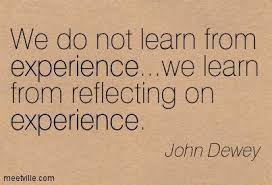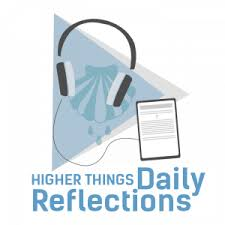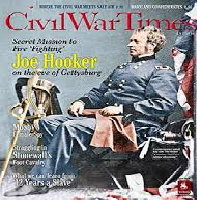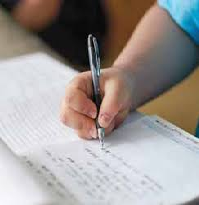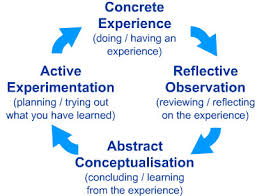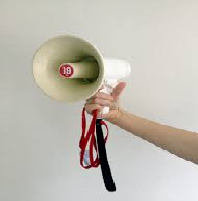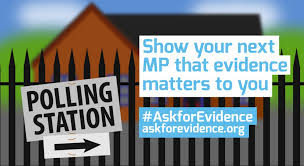
Polling evidence assignment
Polling evidence assignment
1. In families with four children, you’re interested in the probabilities for the different possible numbers of girls in a family. Using theoretical probability (assume girls and boys are equally likely), compile a five-column table with the headings ì0î through 4,î for the five possible numbers of girl children in a four-child family. Then, using ìGî for girls and ìBî for boys, list under each heading the various birth-order ways of achieving that number of girls in a family.
Polling evidence assignment available
Then, use your table to calculate the following probabilities:
a. The probability of 1 girl
b. The probability of 2 girls
c. The probability of 4 girls
d. The probability the third child born is a girl
2. As pictured in Figure 6.11 of your textbook, a roulette wheel has 38 numbers: 18 odd black numbers from 1 to 35, 18 even red numbers from 2 to 36, and the two green numbers 0 and 00. Using theoretical probability, calculate the following:
a. The probability of spinning a green number
b. The probability of spinning a number greater than 30
c. The probability of spinning a red number of less than 10
d. The probability of spinning an even black number
e. The expected total of green numbers in 57,000 spins
3. In a nationwide polls of 1,500 randomly selected U.S. residents, 77% said that they liked pizza. In a poll of 1,500 randomly selected U.S. residents one month later, 75% responded that they liked pizza.
Polling evidence assignment available
a. Does the polling evidence support the claim that pizza declined in popularity over the month between polls? Explain why or why not.
b. Using statistical terminology, precisely identify the population parameter the two polls were attempting to measure. How does a parameter differ from a statistic?
c. Based on the two polls, what would you say to someone who guessed that the population parameter the polls are trying to measure is really only 50%?
Polling evidence assignment available
4. Eleven people have eleven different favorite numbers from 2 to 12. They all agree to participate in a 10,000-roll dice game where they bet $1 on their favorite number for each roll of two standard (fair) dice. A donor kicks in an extra dollar every round, so the payoff, if your number comes up, is $12.
a. Assuming everyone bets on all 10,000 rounds, what is the expected value for a person who has number 7? (Show your calculations.)
b. Assuming everyone bets on all 10,000 rounds, what is the expected
value for a person who has number 2? (Show your calculations.
We can write this or a similar paper for you! Simply fill the order form!




